Catalog
Search
274 products
View:
- Selected: 1Areas of use
- Selected: 0Item names
- Selected: 0Manufacturer
- Selected: 0Made in
- Selected: 0Additional
View:
274 products
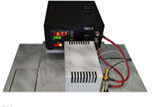
THERMAL DESORBER TDS-3
The TDS-3 includes a heating column with a sorption tube, which is installed on the evaporator of the chromatograph and a control unit located on a special bracket on the right side panel of the chromatograph
Technical characteristics of TDS-3
Desorption temperature (column heating), 0C to 400
Heating speed, 0C/min at least 500
The cooling time when moving to a cold zone is no more than 10 seconds.
Cooling time from 300 0C to 50 0C, min. no more than 10
Continuous operation mode
Power consumption, W not more than 250
Dimensions of the sorption tube, (Ø, length), mm.
Material glass, stainless steel 5/110, 5/114, 6/115, 6.35/89
Electric power supply from 187 to 242 V, 50 Hz.
The display of the measured temperature and the setting of the temperature on the display is
The discreteness of setting the desorption temperature, 0C 0.1
NPF "META-KHROM"
Yoshkar-Ola
Produced in: Yoshkar-Ola, Mari El
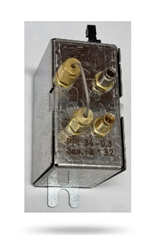
GAS FLOW REGULATOR
The flow regulator consists of the following parts:
Body. It includes a connector for connection to the control controller and fittings for connecting the input and output gas lines.
Calorimetric converter. Due to the heating of the gas along the flow section, the temperature difference is determined.
The actuator (solenoid valve).
The control board. A system of elements responsible for converting the signals that the user submits.
TECHNICAL CHARACTERISTICS OF RD
The gas pressure at the inlet is (0.4 + 0.04) MPa.
Ranges of working gas flow rates — from 5 to 800 ml/min. The ability to specify the type of gas (nitrogen, helium, hydrogen, argon, air).
Pressure ranges — from 0.001 to 0.40 MPa with a discreteness of 0.0001 MPa.
The deviation of the carrier gas flow rate from the average value is + 1.5% in the flow range from 50 to 100 ml/min and + 0.5 ml/min in the flow range from 3 to 50 ml/min.
Relative deviation of the average steady-state gas flow rate from the set value in the range
from 3 to 100 ml/min: + 2.5%, but not less than 0.5 ml/min;
from 100 to 200 ml/min.: + 5%;
from 200 to 800 ml/min.: + 10%.
The gas pressure at the inlet is (0.4 + 0.04) MPa.
The deviation of the regulated output pressure of the regulator from the set value is not more than 1%.
NPF "META-KHROM"
Yoshkar-Ola
Produced in: Yoshkar-Ola, Mari El
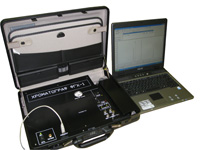
Portable Gas chromatograph FGH-1
from
573 000 ₽
The compounds to be determined are marginal and unsaturated hydrocarbons, alcohols, esters and esters, aromatic hydrocarbons, ketones, petroleum products, solvents, chlorine derivatives of hydrocarbons, etc. The list of substances is constantly updated, currently includes more than 100 ingredients.
Detector one photoionization detector (PID) with Krypton vacuum ultraviolet lamp (VUV)
One capillary column 25 m, phase SE, OB-61, FFAP, 624, etc.
The threshold for determining benzene in air is 0.01 mg/m3
Average analysis time 15 min
Powered by built-in batteries,
220 V mains
Dimensions 460×350×120 mm (standard case),
487×370×180 (shockproof case)
Autonomy of up to 300 analyses without replacement of carrier gas,
up to 5 hours without charging batteries (for chromatograph without heated dispenser tap)
Metrology
Portable gas chromatographs of the FGH series, in particular the FGH-1 model, are registered in the State Register of Measuring Instruments under No. 16615-07 (certificate RU.C.31.004.A No.30175/1 dated 12/26/2012). All methods of analysis are certified in accordance with GOST R ISO 5725-6 and entered into the Federal Register.
EKAN
Moscow
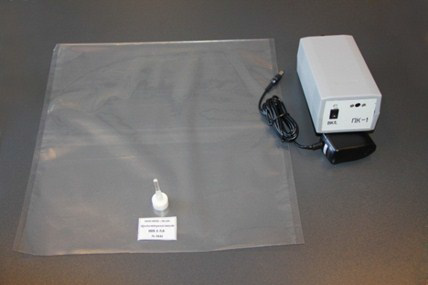
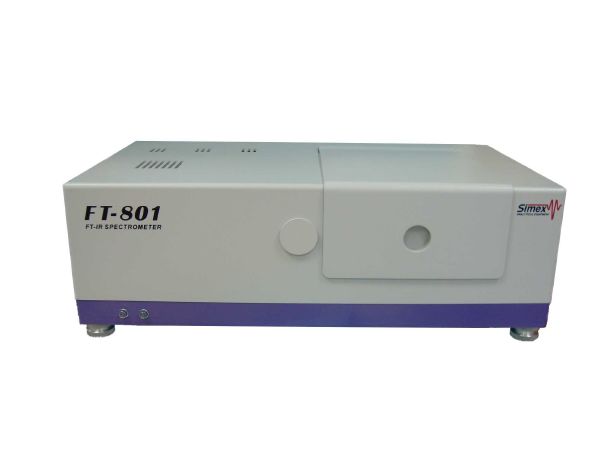
FT-801 IR Fourier spectrometer
It is designed for recording absorption spectra of solid, liquid and gaseous substances in the near and middle IR region (including drugs, lacquers and paints, petroleum products, explosives, pharmacological preparations, polymer films and fibers) with their subsequent identification, as well as for qualitative and quantitative analysis of mixtures containing several components.
SIMEKS
Novosibirsk
Produced in: Novosibirsk
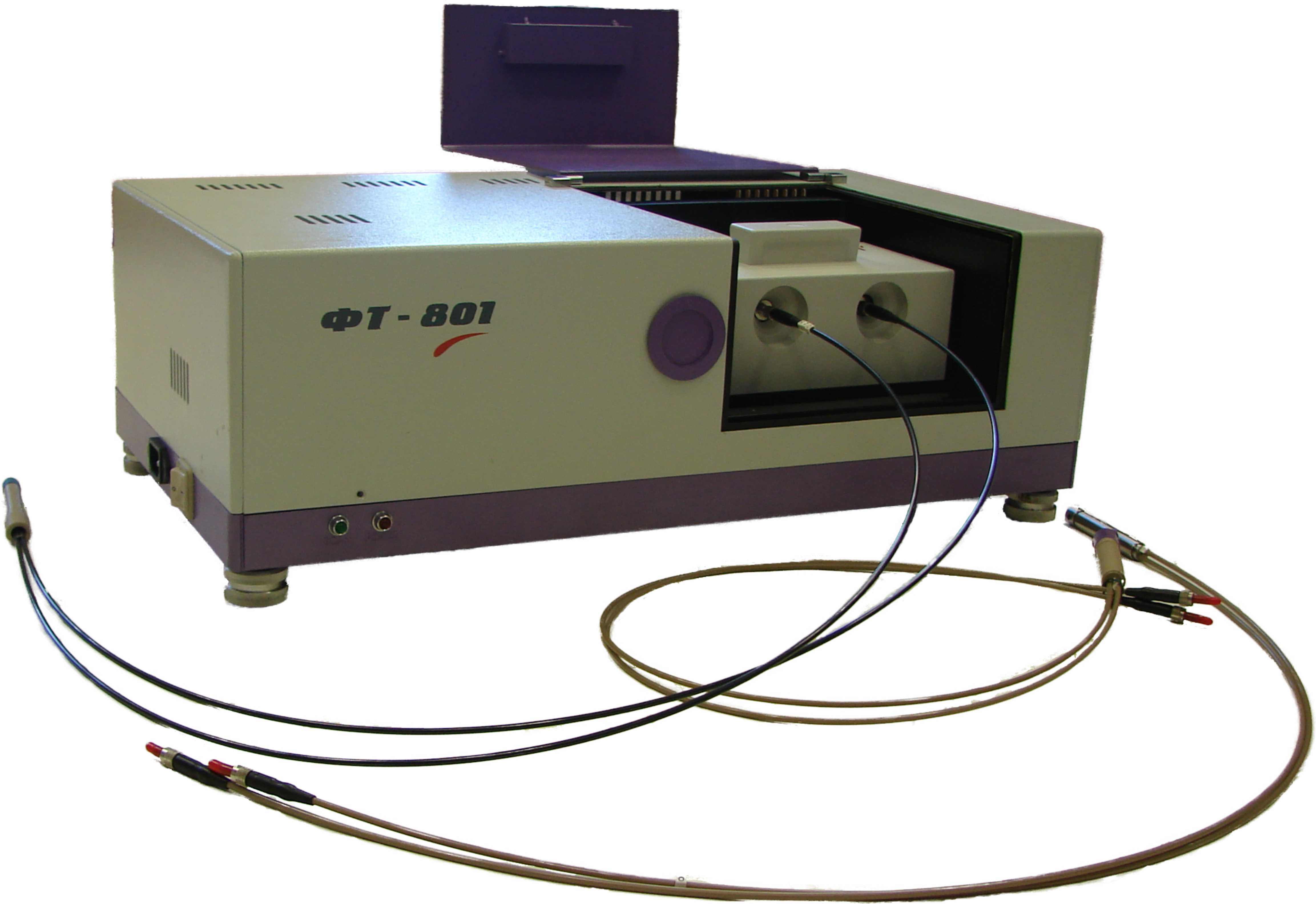
Optical set-top box for working with light-guide IR probes
FT-801 IR Fourier spectrometers can additionally be equipped with a special optical set-top box that allows efficient use of light-guide systems.
4 types of light-guide probes allow measuring transmission and reflection spectra in solid, liquid and gaseous media
Modern IR light guides have high intrinsic transmittance and sufficient mechanical strength, which makes it possible to transfer measurements from the laboratory directly to production - to control the flow of technological processes, check the quality of raw materials and finished products.
Application areas:
· Chemical and microbiological industry
· Pharmaceutical industry
· Medicine and Cosmetology
· Food industry
· Petroleum products, fuels and lubricants
· Criminology
SIMEKS
Novosibirsk
Produced in: Novosibirsk
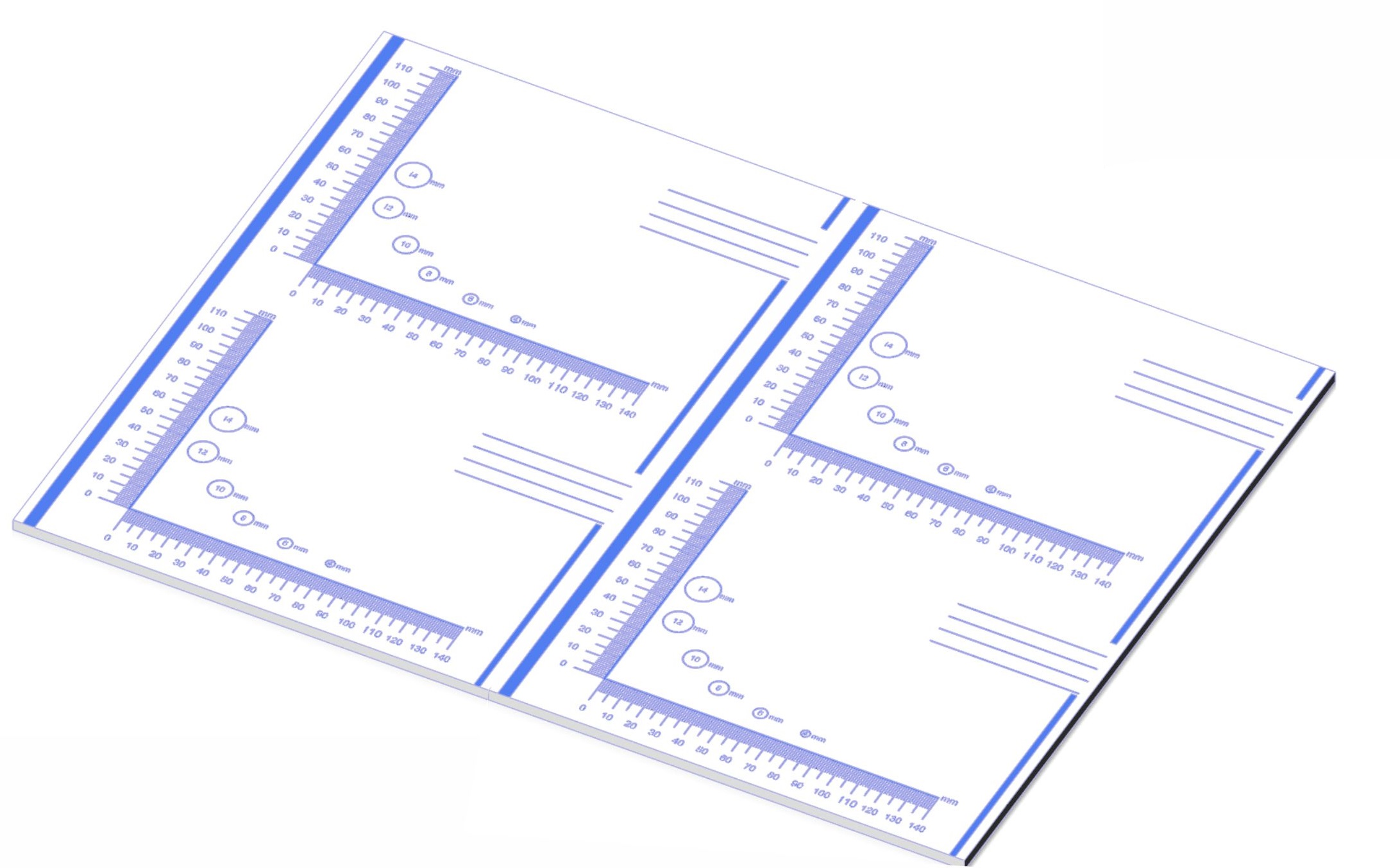
Disposable board for anatomical specimens 30*45 cm
from
8 000 ₽
Disposable board for anatomical specimens 30*45 cm
Disposable boards for cutting anatomical specimens.
Made of foam cardboard, according to their characteristics, they replace boards for cutting anatomical samples from other materials without loss of quality.
They are convenient and easy to use and dispose of.
The surface structure (coated coating) prevents the sample from sliding when cutting.
It is possible to manufacture in various versions according to the customer's layout.
The configuration of the product has a millimeter scale with digital markings:
vertically and horizontally, circles of different diameters are applied
, and a field for recording information is also provided.
Color: White
Size: 30*45cm.
Packing: 20 pieces
VIS MED
Berdsk
Produced in: Novosibirsk region
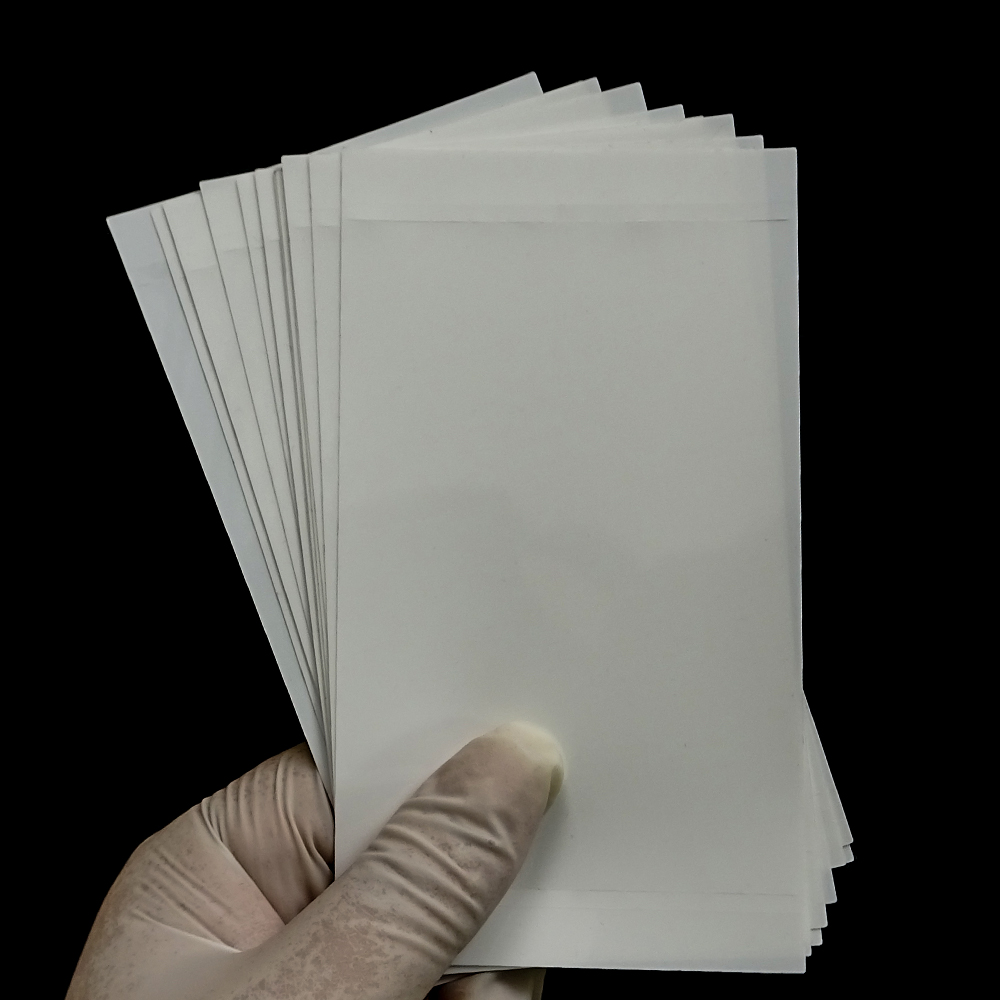
Film for PCR dies, adhesive, for RealTime
The film is suitable for all types of thermal cycling, including real-time PCR.
Pressure-sensitive adhesive film does not stick to gloves.
This premium product guarantees tightness during amplification.
Similar to imported samples.
Temperature range: -70+100 °C
Material: Polyolefin
Packaging: 100 pcs.
VIS MED
Berdsk
Produced in: Berdsk, Novosibirsk region
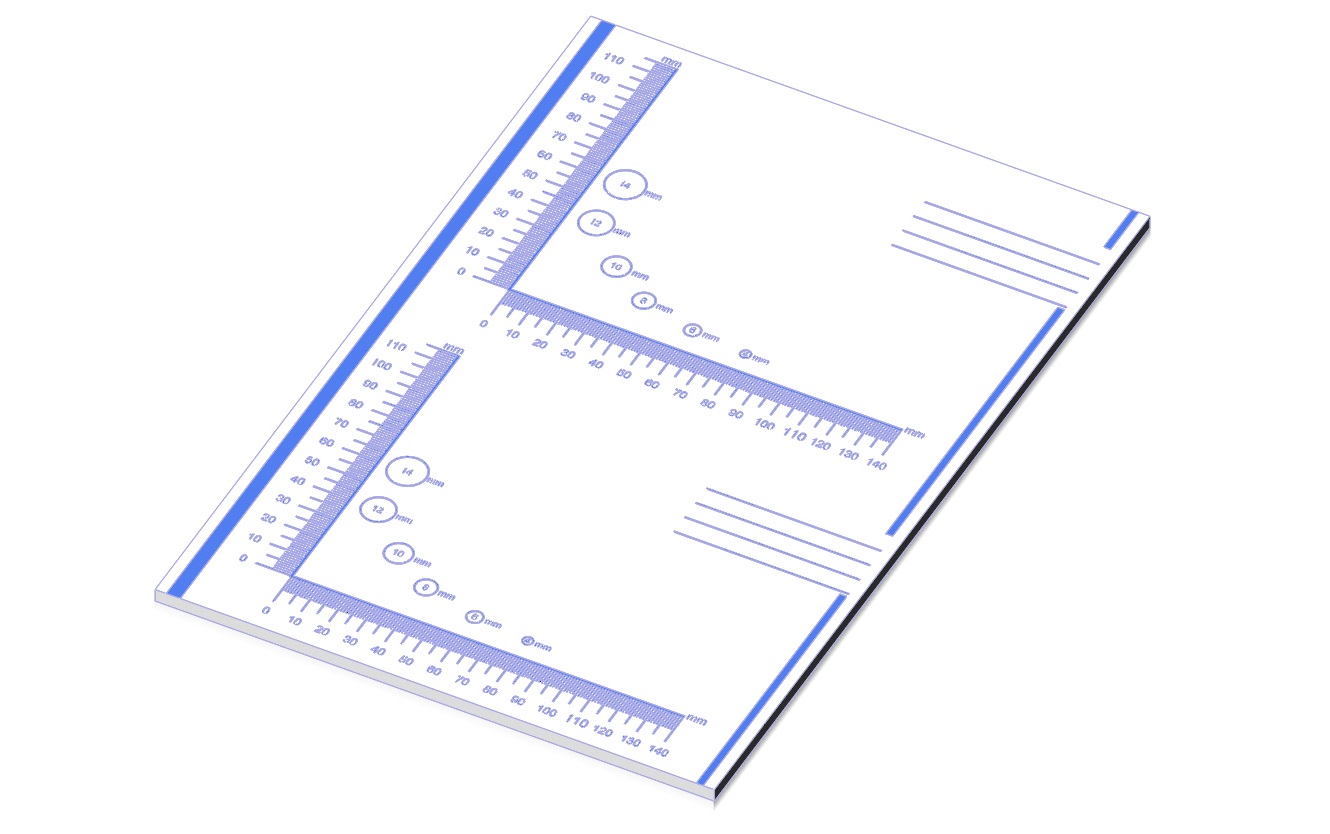
Disposable board for anatomical specimens 20x30 cm.
from
4 800 ₽
The board for anatomical samples is 20x30 cm.
Disposable boards for cutting anatomical specimens.
Made of foam cardboard, according to their characteristics, they replace boards for cutting anatomical samples from other materials without loss of quality.
They are convenient and easy to use and dispose of.
The surface structure (coated coating) prevents the sample from sliding when cutting.
It is possible to manufacture in various versions according to the customer's layout.
The configuration of the product has a millimeter scale with digital markings:
vertically and horizontally, circles of different diameters are applied
, and a field for recording information is also provided.
Color: White
Size: 20x30 cm.
Packing: 20 pieces.
VIS MED
Berdsk
Produced in: Novosibirsk region
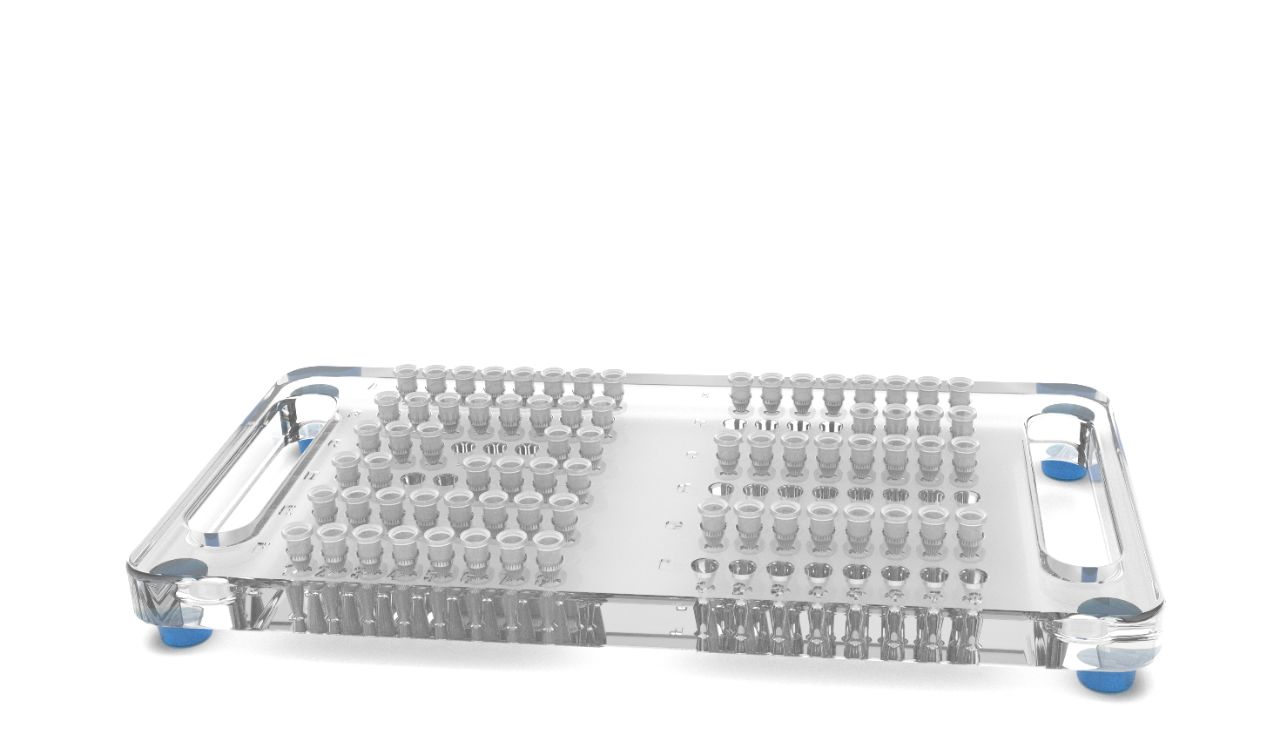
Tripod "workplace" for single and stripped 0.2 ml tubes, 96 seats (plexiglass)
Material of manufacture: Plexiglass
Product Color: Transparent
Tripod legs: rubber (to prevent sliding)
For test tubes: 0.2 ml.
VIS MED
Berdsk
Produced in: Bryansk, Novosibirsk region

MAESTRO-αMS gas chromatograph by Interlab
We offer expert laboratories of physicochemical methods of analysis a gas chromatograph with a quadrupole mass spectrometric detector «MAESTRO-αMS». Quadrupole GC-MS «MAESTRO-αMS» is in demand for targeted research (screening) and non-targeted search. In targeted studies, it is necessary to detect given target compounds in samples of various nature and origin at the level of residual amounts, for example, several picograms of the target compound in the injected 1 μl of liquid sample. Most often, targeted research is carried out in the following areas of laboratory screening: ecology, food safety, clinical monitoring, narcology, doping control, production control of various raw materials. In targeted studies, it is often required not only to confirm the presence of a compound in a sample, but also to determine the level of its content quantitatively, since both the list of target compounds and the permissible level of their presence in the sample are specified by regulatory documents. Quantitative analysis requires standards for the substances you are looking for. When conducting a non-target search, as a rule, it is required to analyze a sample of unknown composition, in other words, to find as many compounds as possible in the sample and identify (identify) each of them. Since the identification of a detected compound is carried out by comparing its experimental mass spectrum with the spectrum of a pure substance obtained under standard conditions, this task requires reference libraries of mass spectra of pure substances, as well as tools for working with mass spectra, for example: algorithms for cleaning experimental mass spectra from background and spectral noise (mass spectrum deconvolution algorithms), library search and comparison algorithms. An off-target search is called a qualitative analysis, since the researcher is primarily interested in the list of detected substances, and not in the quantitative assessment of their content in the sample. When creating MAESTRO-αMS, we took into account our own many years of experience in operating imported analogues. We have made the device inexpensive. We have made the device compact: The modern design of the device made it possible to make the MAESTRO-αMS really compact, so that the device occupies the smallest possible area on the laboratory table. The layout of the device allows you to remove the ion source on the front flange for cleaning and replacing the cathodes, if necessary. We have reduced the cost of operation: When developing the MAESTRO-αMS, we sought to increase the resistance of the device to sample matrices and use a minimum of consumable materials in order to eliminate downtime for maintenance and replacement. As a result, we have created an extremely stable ion source and a perpetual photomultiplier detector. We have created special software: Even at the first acquaintance with the software, it becomes obvious that being in the window of each button and each parameter to be changed is expedient and logical. Our software product was created for the convenience of the operator, so we implemented the necessary and eliminated the unnecessary. We used the principle of one active window, in which the operator moves sequentially step by step, performing hardware settings, setting the data collection method, subsequent processing algorithms, templates for presenting the results. MAESTRO-αMS offers a wide range of scanning modes, built-in algorithms for working with mass spectral data, convenient unloading of initial data arrays for their processing in specialized software packages, graphics export for presentations and scientific publications. You can use several libraries of mass spectra at the same time, or create your own for your typical tasks. Finally, we provide a 5-day training course for professionals who want to understand the theoretical foundations of the method and their implementation in the hardware of modern quadrupole GC/MS. The volume and depth of presentation of the material from the developers of the device is intended to lay the foundation for the effective use of «MAESTRO-αMS» in the future. Some technical characteristics of MAESTRO-αMS: • Instrumental detection limit (SIM, OFN @272 m/z ) < 10 fg; • Scan modes: scan for selected ions, full scan in a given mass range, combined scan mode; • The number of simultaneously connected libraries of mass spectra is at least 10.
INTERLAB
Moscow
Produced in: Moscow
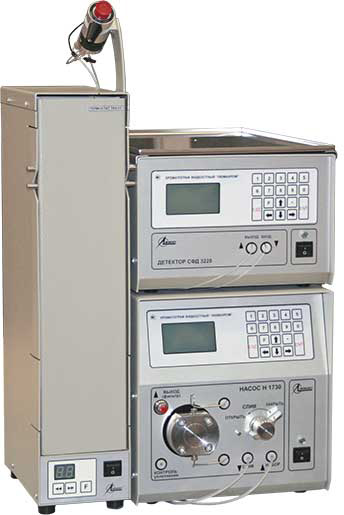
Liquid chromatograph "LUMACHROM®"
1 supp.
Technical specifications:
Operating spectral range, nm from 190 to 360
Limits of permissible absolute error of wavelength setting, nm ± 5
Detection limit of anthracene (wavelength 252 nm), ng/cm3, no more than 1
The limit of the permissible value of the relative mean square deviation of the output signal (n =5), %
of the retention
time over the peak area of 1.5
2
Limits of the permissible value of the relative change in the output signal (peak area) for 4 hours of continuous operation, % ± 5
Overall dimensions (LxWxH), mm, no more:
270x420x190
Weight, kg, not more than 9.5
Power consumption, V· A, not more than 50
Lumeks
Saint Petersburg
Produced in: Saint Petersburg
